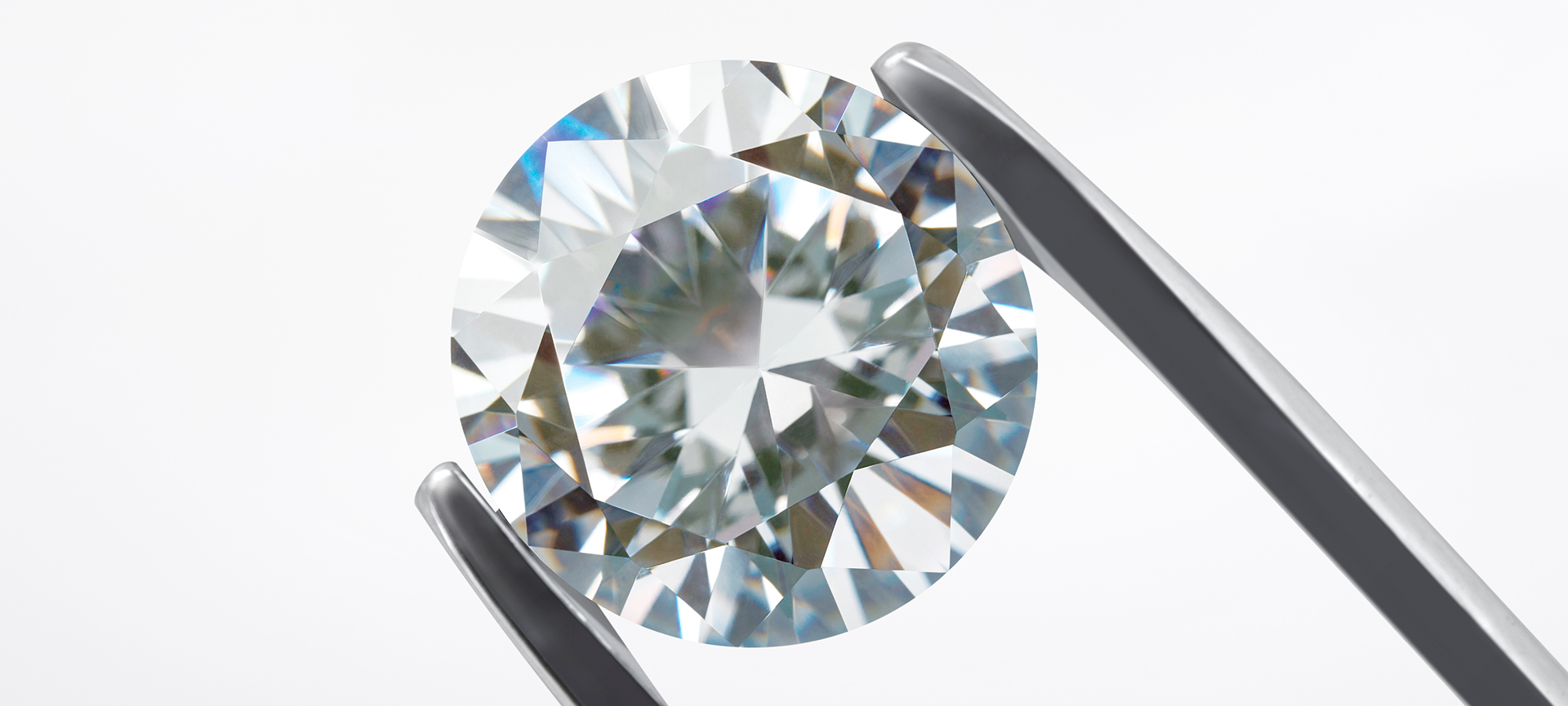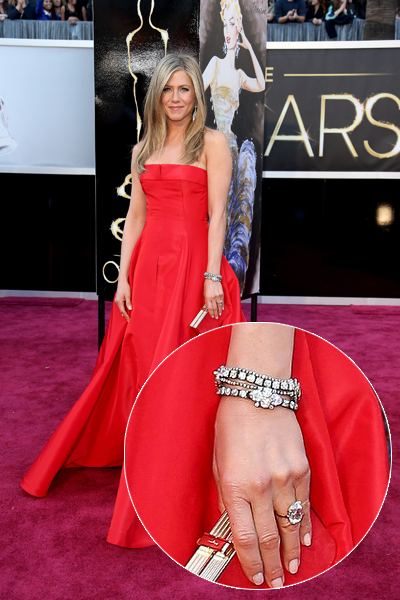GIA created the 4Cs (Color, Clarity, Cut and Carat Weight) as a universal method for establishing how to check diamond quality anywhere in the world. The 4Cs means two very important things: diamond quality can be communicated in a universal language, and diamond-buying consumers can know exactly what they are about to purchase.





